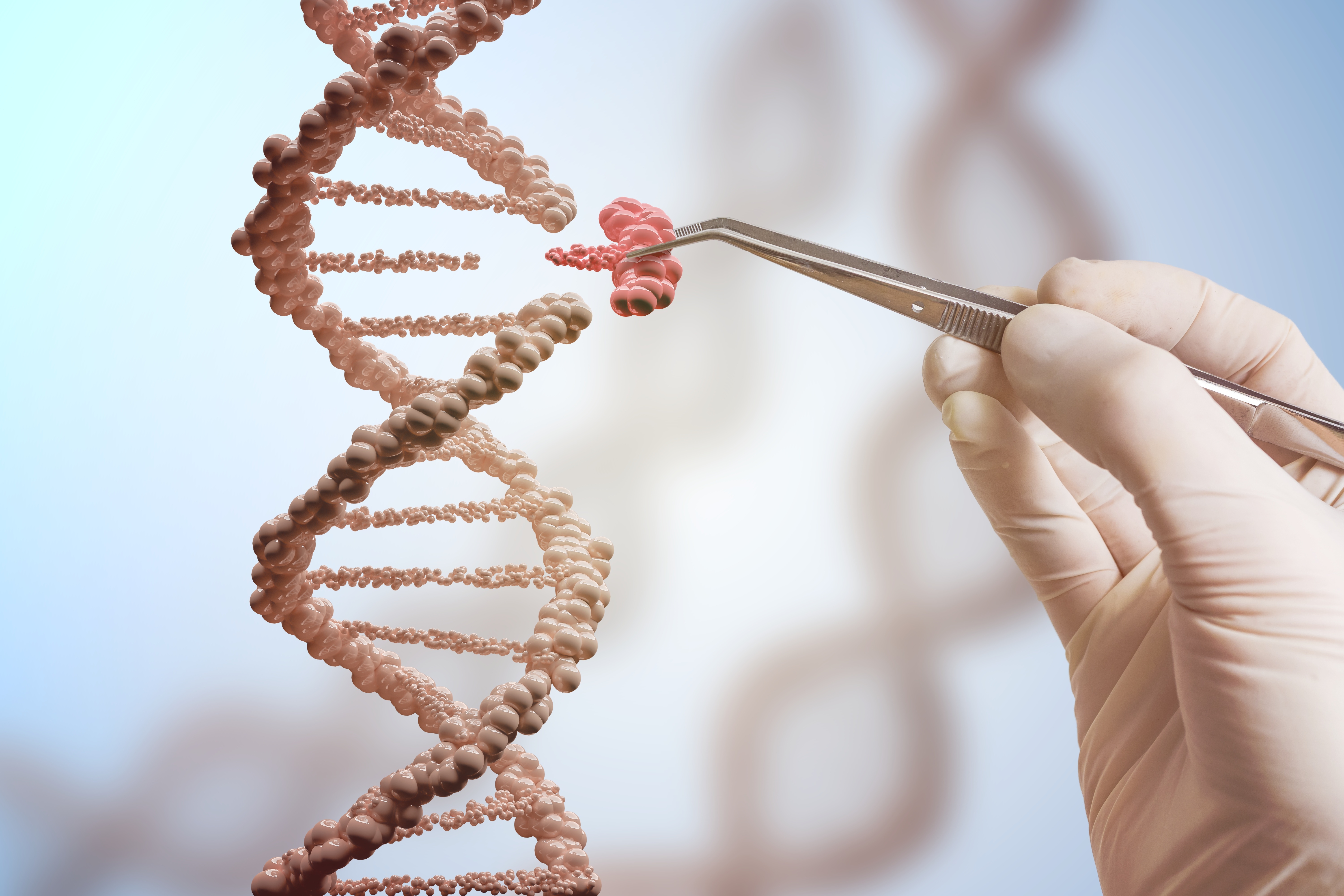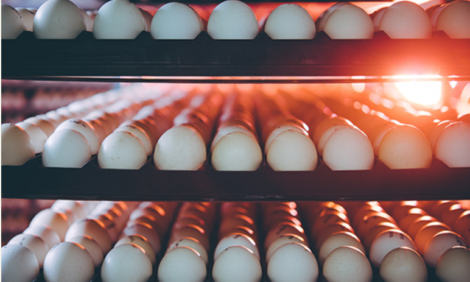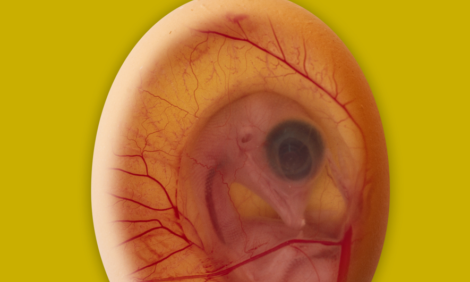



New research project at Iowa State University builds "genome to phenome" knowledge for crops and livestock
A new federal grant will support an Iowa State University-led effort to spur development of a “genome to phenome” infrastructure for scientific collaboration across crops and livestock.The three-year, $960,000 project will provide guidance and lay the groundwork for a larger federal Agricultural Genome to Phenome Initiative (AG2PI) sponsored by the US Department of Agriculture’s National Institute for Food and Agriculture.
Researchers working from “genomics to phenomics” explore how genomes (organisms’ complete set of DNA) influence the expression of observable, phenotypic traits. With sufficient understanding of these relationships, it becomes possible to predict phenotypic traits based on an organism’s genome/DNA sequence. The USDA’s goal is to foster a broad community of researchers to use genome to phenome approaches as a foundation for improving the efficiency and resilience of US agriculture.


“This is a unique cross-kingdom coordination and communications effort to spur development of pioneering types of collaboration and scholarship,” said Patrick S Schnable, project director for the transdisciplinary, multi-institutional grant. Schnable, Iowa Corn Promotion Board Endowed Chair in Genetics and Baker Professorship in the ISU Department of Agronomy, also directs the Plant Sciences Institute at Iowa State.
Other leaders on the grant at Iowa State are Professor Carolyn Lawrence-Dill in the departments of agronomy and genetics, development and cell biology; and faculty members in animal science, Professor Christopher K Tuggle and Distinguished Professor Jack CM Dekkers. The team also includes Eric Lyons, associate professor from the School of Plant Sciences at the University of Arizona; Jennifer L Clarke, director of the Quantitative Life Science Initiative at the University of Nebraska-Lincoln; and Brenda M Murdoch, associate professor of animal, veterinary and food sciences at the University of Idaho.
The group will convene a series of activities, including field days, training sessions, conferences and workshops that will involve crop and livestock researchers and representatives of other integrative disciplines, such as engineering, economics and sociology, from around the country. Most sessions will be held virtually and recorded for broad dissemination.
The researchers also will develop educational materials and a set of white papers to share information about research, opportunities, gaps and challenges. A significant portion of the grant will provide small seed grants to spur research and scholarship.


“The variety of training and educational mechanisms we have planned is designed to engage as broad a segment of the community as possible,” said Lawrence-Dill. “We want to figure out what training is most needed and to deliver that training in short order. The white papers will help us to track progress and report to USDA and others.”
Some of the project’s training and events will focus on specific species like maize or cattle. Most will be focused on research and logistics across species boundaries, including cyberinfrastructure, bioinformatics and data storage and sharing.
“At the DNA level, there are many, many similarities between plants and animals. This is also true of the ways animal and plant scientists use and structure statistics and bioinformatics to capture, store and use data,” Tuggle said. “We speak different languages now, but there’s a lot we can learn from each other.”
“Iowa State has enormous strengths in both the animal and plant sciences, and many of us are willing and interested in learning from each other and finding opportunities for synergy,” Dekkers said. “I believe that is the reason USDA chose ISU to take the lead on this. We will also have the benefit of other institutional partners who bring important, relevant expertise to the project.”
“What’s really special about this is bringing crop and livestock scientists together to bridge cultural gaps in knowledge and tools,” he said. “We applaud USDA for supporting this exciting, big-tent effort to envision opportunities and identify needs for the future.”









